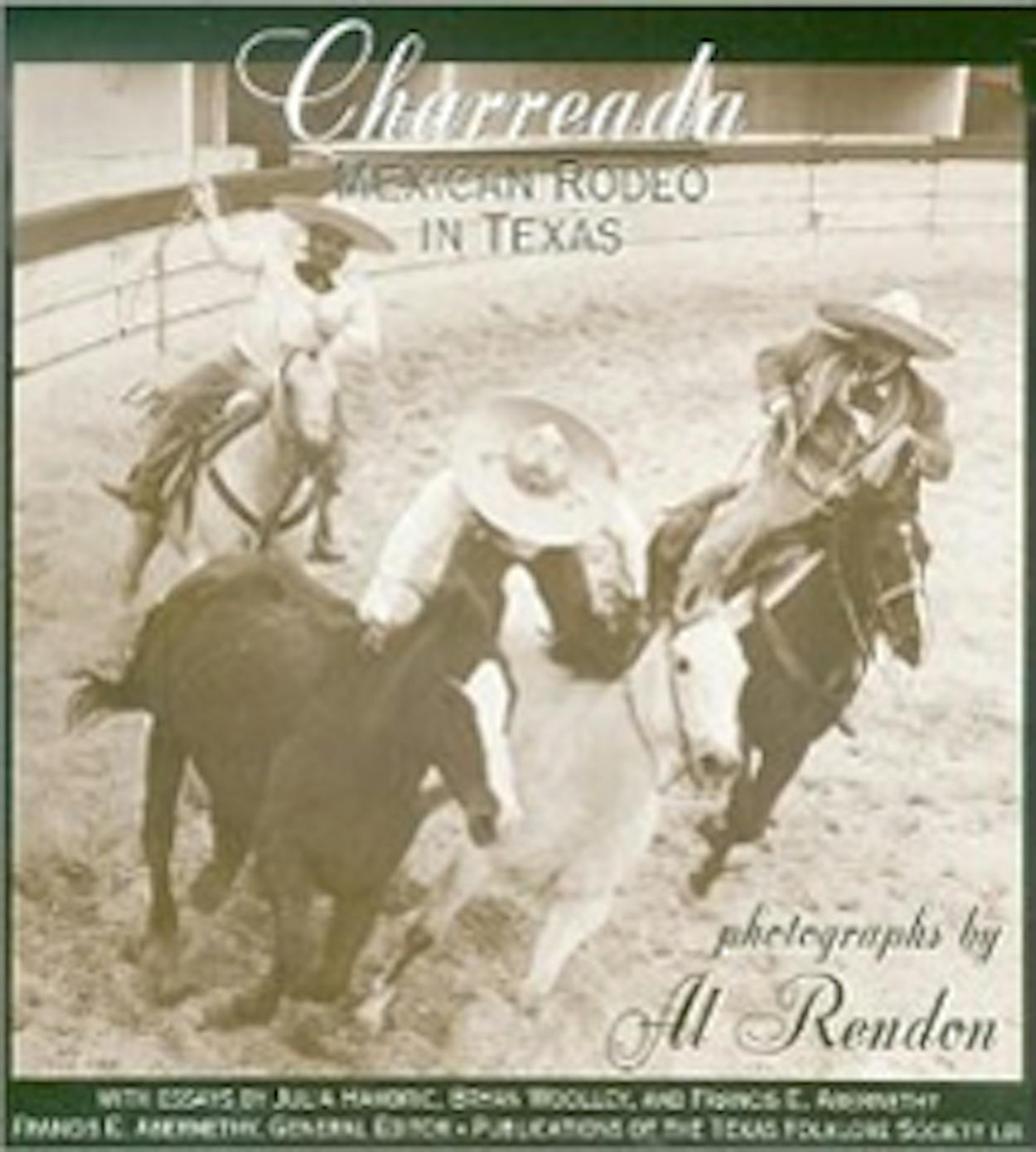Bryan Woolley is back in the saddle again with his new book about the Mexican rodeo, Charreada. Read on as the journalist and author discusses the history of the event and how his book came to be.
texasmonthly.com: What inspired Charreada?
Bryan Woolley: I wrote an article about charreada for the Dallas Morning News. Later I was interviewing Francis Abernethy for another article and he mentioned that he wanted the Texas Folklore Society to publish a book about charreada. I told him about my piece and he asked me to send him a copy. He later asked permission to include it in the book.
texasmonthly.com: Charreada is a compilation of essays from different authors. What does your piece focus on?
BW: My piece in the book is the Dallas Morning News article. Its focus is on charreada as it is done in Texas today by Mexican-American Texans and Mexicans living in the state.
texasmonthly.com: What kind of research went into this project?
BW: I read everything I could find about the history of charreada (which wasn’t much; there aren’t many books on the subject), and I interviewed a number of men and women who participate in charreada. I also attended some charreada events.
texasmonthly.com: How does the Mexican rodeo differ from the American version?
BW: Charreada includes several competitions that aren’t done in American rodeo. But the most significant difference is that charreada is an expression of Mexican patriotism and national pride. In Texas it is a way for Hispanic people to confirm and celebrate their Mexican heritage.
texasmonthly.com: How has the charreada changed over the years?
BW: It now includes events for female participants, which it didn’t until recently. And its popularity has spread beyond Mexico into the parts of the United States that have large Hispanic populations—Texas, New Mexico, Arizona, and California. Otherwise, it hasn’t changed much. It’s a very traditional event.
texasmonthly.com: Why was the charreada so important to the Mexican culture?
BW: Charreada is a popular expression of Mexicans’ pride in their history and culture, as well as an exciting sporting event.
texasmonthly.com: Over your years as a journalist and author, what has been your most memorable story?
BW: Gosh, I’ve been a journalist for almost fifty years and have written thousands of stories. It’s impossible to choose one that I like above all the others. The stories I really like are included in the collections I’ve done: The Edge of the West, The Bride Wore Crimson, Generations, and Mythic Texas. Those are the ones that I think are still worth reading, years after I wrote them. Of my novels, my first one, Some Sweet Day, is my favorite. It has been in print for almost 25 years now.
texasmonthly.com: You have several collections of true Texas stories. Do you think that real life is more exciting than fiction?
BW: Not necessarily. But it isn’t less exciting either. I’ve published four novels as well as my nonfiction. All of my fiction is based on real life. Fiction and nonfiction are just two ways of telling stories. In writing fiction, of course, I’m not bound by facts as I am when I write journalism. But storytelling is what both are about.
texasmonthly.com: What subjects would you like to tackle in your next work?
BW: I have the best journalism job in the world. For the Dallas Morning News I get to write about just about anything I want to, especially if it’s related to Texas, which is my beat. I love the variety of my job. I never get bored. And I have two new collections in the works, Where I Come From and Texas Road Trip.







